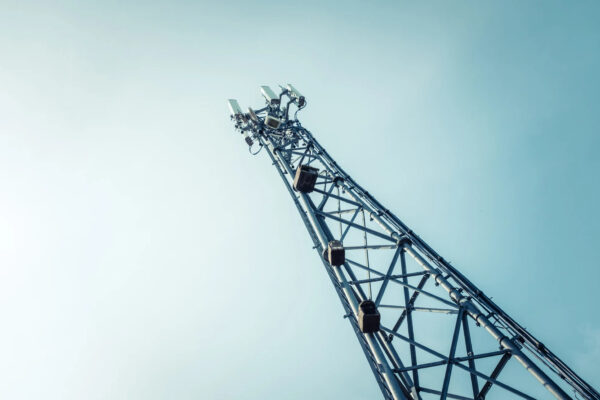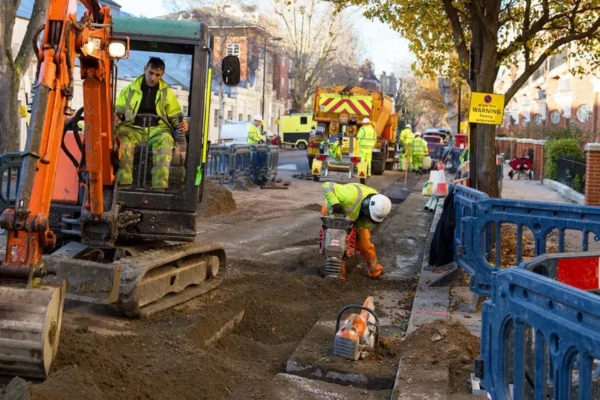Risk Assessment Audit
You think that you are doing everything you can to make sure that your workplace is as safe as possible, but how can you be absolutely sure? Are your health and safety policies and procedures still applicable and functioning? Are resources being used in the best way?
An in-depth Risk Assessment Audit will help you to check whether your health and safety procedures are working effectively and make sure that you are keeping compliant with health and safety laws.
This post will explain the purpose of a Risk Assessment Audit, what it involves, and how you can get started.
What is the purpose of a Risk Assessment Audit?
As someone who has committed to manage risk in your workplace, you have a responsibility to do whatever is practically possible to protect the health, safety, and wellbeing of the people you work with. With the best will in the world, sometimes details can get overlooked, or things can change over time.
That’s why it is part of your duty of care to monitor, maintain, and review your health and safety procedures from time to time. A Risk Assessment Audit will help you keep track of what’s working well, and what you can to to improve.
What is a Risk Assessment Audit?
You might be worried that an Audit is very serious and complicated, but it’s actually quite simple. It’s basically a systems check to make sure that your health and safety management system is working efficiently and effectively, and to see if you need any updates.
A Risk Assessment Audit will:
- Assess whether current health and safety procedures are compliant with the law
- Identify hazards and evaluate risk levels
- Check whether adequate Risk Assessment and review procedures are in place
- Analyze control measures and identify areas of strength and weakness
- Check documentation is adequate and up to date
- Assess whether health and safety procedures and resources are adequate
- Evaluate is sufficient health and safety training and information is provided
- Remove and stop any immediate hazards or unsafe practices
- Make suggestions for improvements.
Your Audit should be a thorough and professional evaluation and analysis of how your health and safety procedures and policies are being deployed. It should monitor how risk is being addressed, whether the lines of communication are clear between management and staff, and whether time, effort, and resources are being used effectively to keep people safe.
How can you arrange a Risk Assessment Audit?
You want to make sure that your Audit is carried out by a competent person who has the training, experience, and knowledge of regulatory requirements, enforcement standards, and best practices. Choose someone who can support you by giving impartial feedback and advice on their findings.
You auditor should know how to prioritise and focus on the areas of greatest risk in your organization. They will work through your procedures and policies from the top down, and then report back up on their findings about how your systems work in practice. They should provide constructive feedback, both recognising what is working well, and outlining an action plan for improvements.
If you decide to use an internal auditor, make sure that their usual job role doesn’t conflict with the area of the organization being audited. Otherwise, you might prefer to use an external expert involved to make sure that you get an independent perspective from a fresh pair of eyes.
It’s not always easy to know if you’re doing enough, so it’s good to get support from an independent auditor. You can rest assured that a Risk Assessment Audit will provide that extra security to make sure your health and safety management really is delivered in the most effective way. There’s plenty of help available, so you don’t need to feel like you’re in this on your own!
Would you like some guidance about Risk Assessment Auditing? Leave a comment below to let us know





